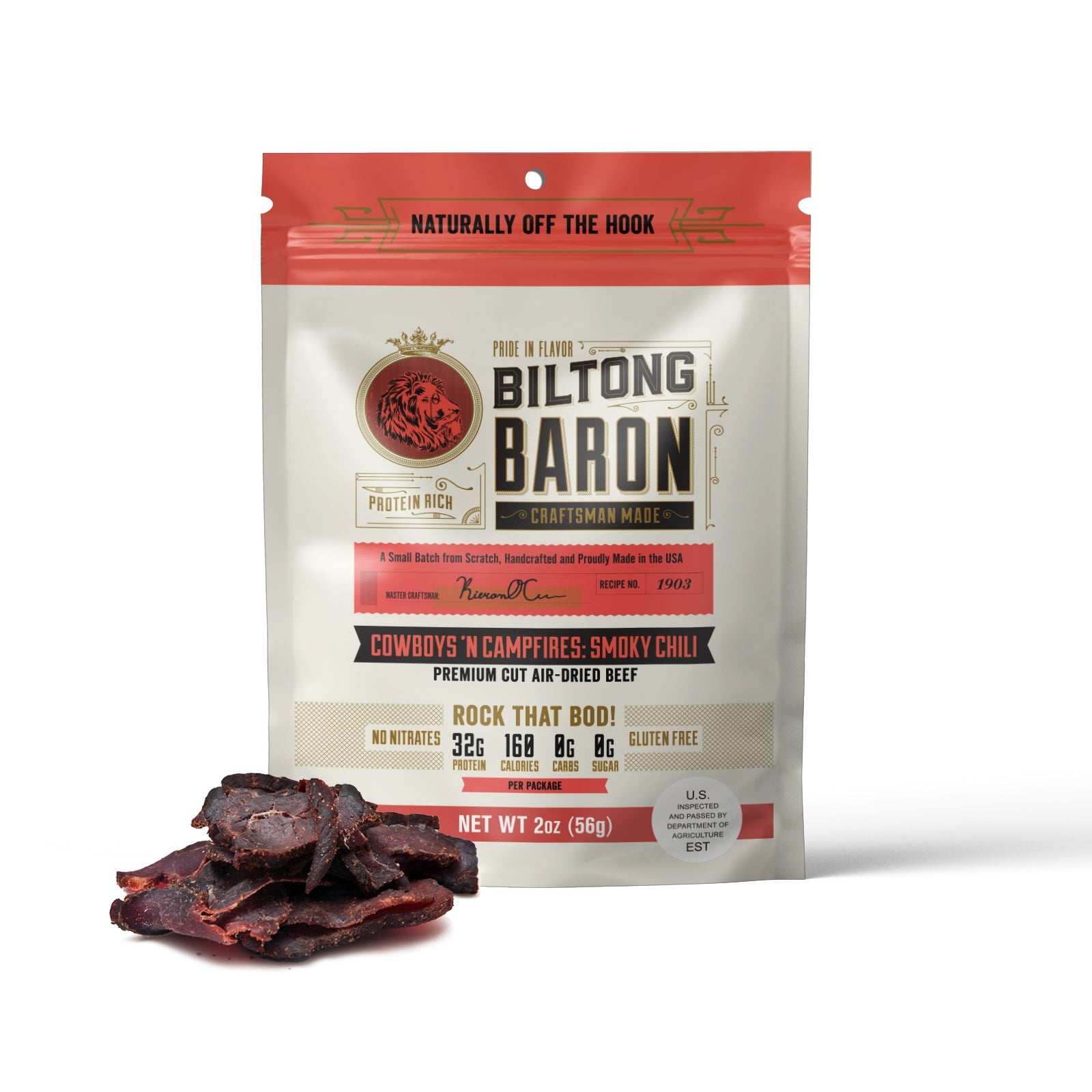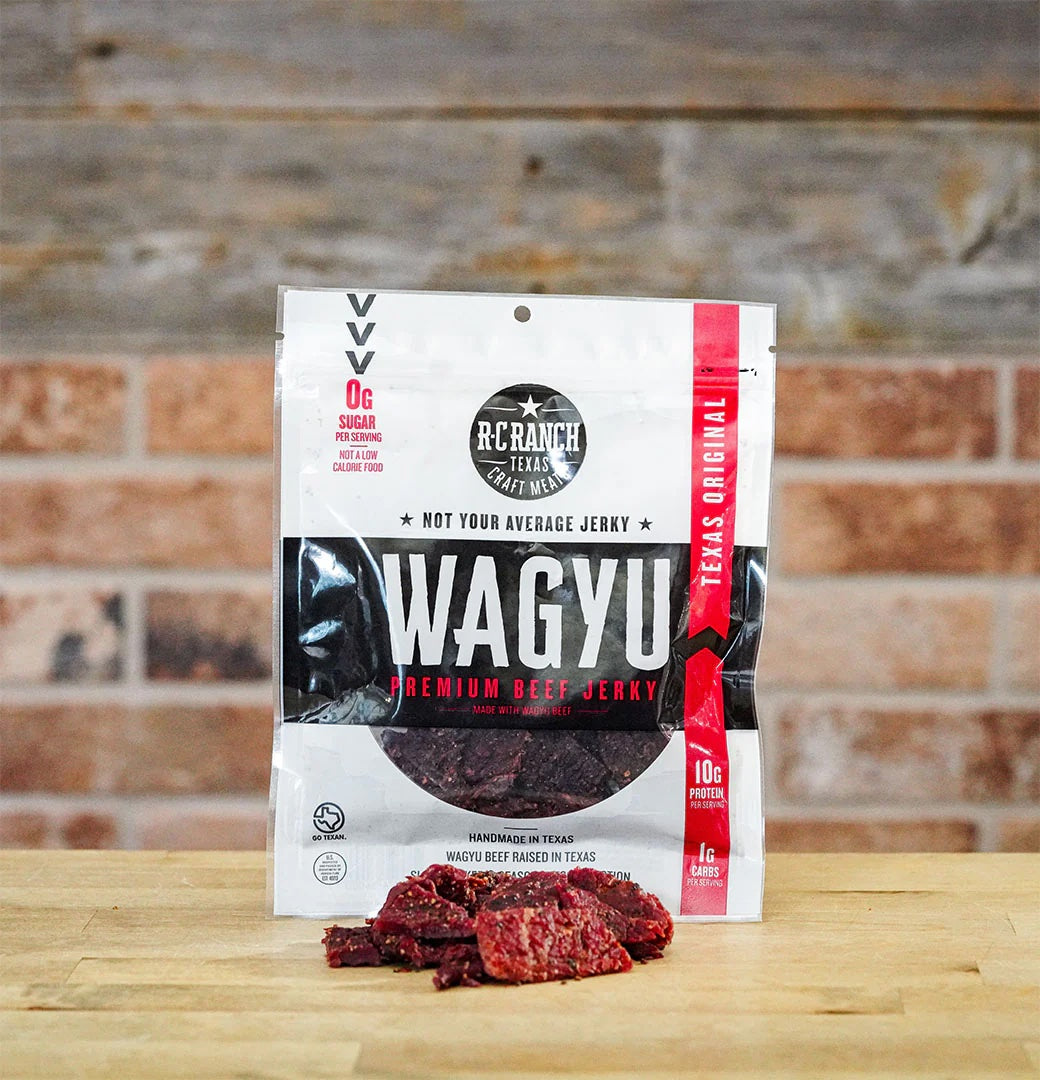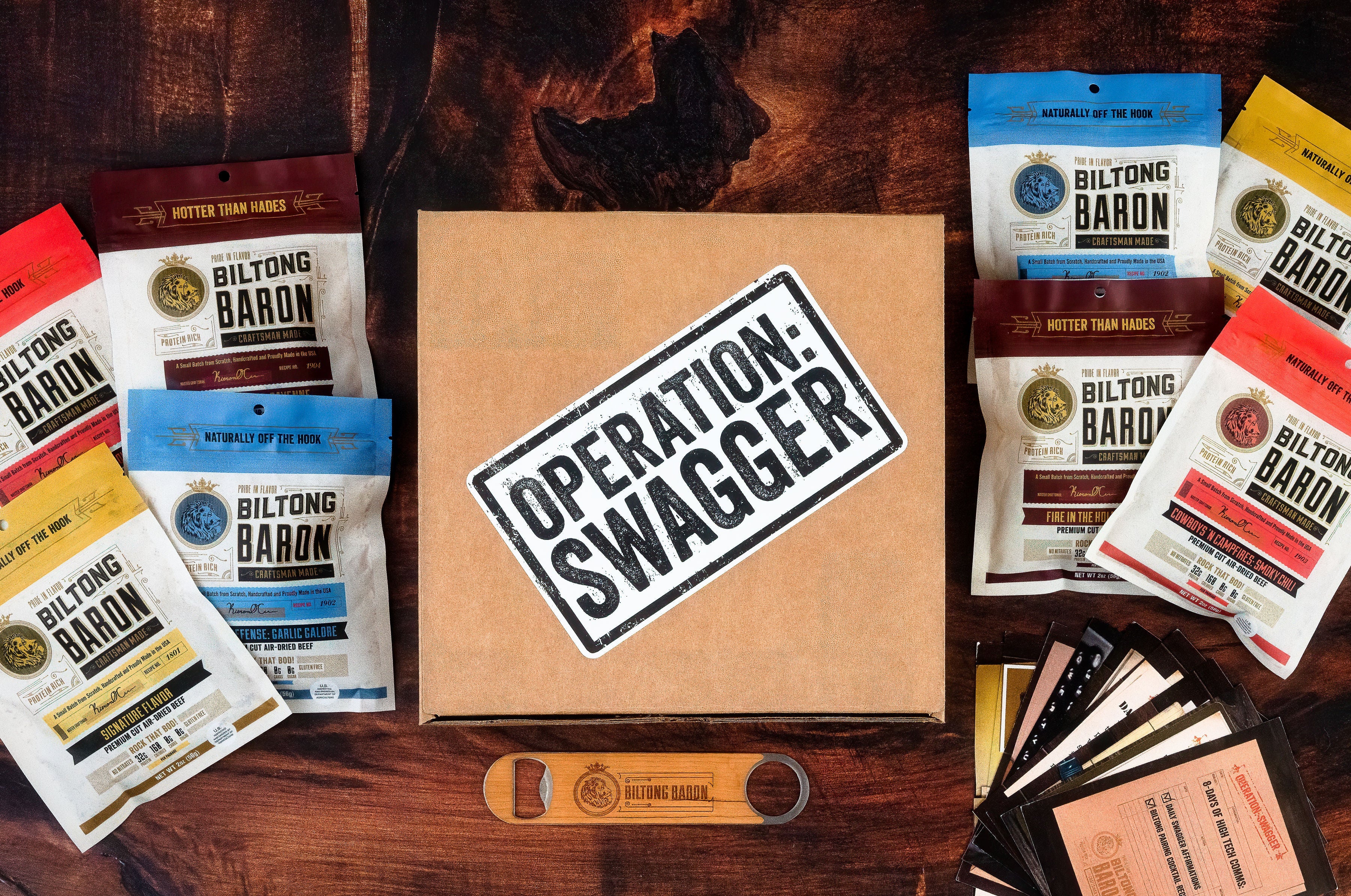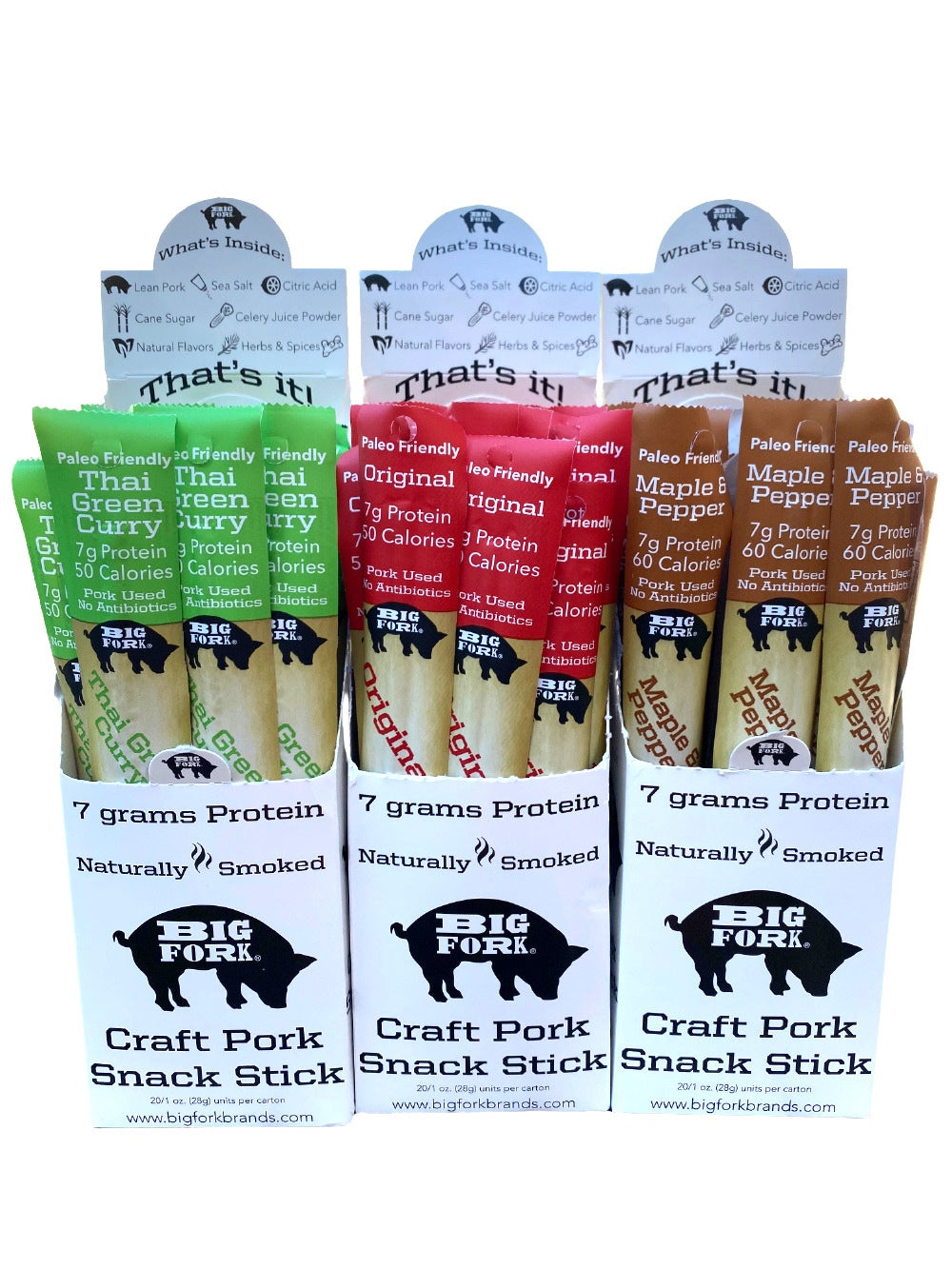-
Recently Viewed
You have no recently viewed items.
-
Featured Brands
- All Products
- About Us
- Contact Us
- Our Blog

The Jerky-Lover’s Guide to Pemmican Jerky
Unless you’re exotic jerky aficionados like us, you may have never come across pemmican jerky.
This nutrient-dense, wild game jerky played a big part in sustaining Indigenous peoples and fur traders through long winters. Even today, it’s popular with backpackers and survivalists.
In this article, we’ll go over the history of pemmican jerky and offer some answers to frequently asked questions:
- How long does pemmican last?
- Does pemmican need to be refrigerated?
- When was pemmican invented?
- What is pemmican made from, anyway?
That’s just the beginning. Buckle up, snack lovers! You’ll be a pemmican jerky expert in no time.
[Related: Traveling With Beef Jerky: What You Need To Know]
Pemmican Definition: What Is Pemmican Jerky?
Unlike the jerky you’re probably used to, pemmican typically isn’t beef-based at all.
So, what is pemmican made from? In short, pemmican is a meat and fat mixture — usually from a variety of wild game animals. People can make pemmican from bison, elk, moose, fish, caribou or deer, but they use beef sometimes, too.
Pemmican-makers ground this dried meat into a powder and pair it with another main ingredient: tallow. By definition, tallow is rendered (melted) animal fat. Adding tallow enhances the jerky’s caloric and nutrient density.
To create different pemmican jerky flavors, people can add spices and even berries — think cranberries, cherries, currants or blueberries.
[Related: Best Types of Jerky: Beyond Beef]
The History of Pemmican Jerky
Because of its high caloric value, essential macronutrients and nonperishable quality, pemmican jerky has long been considered a key survival food.
And like most survival foods, pemmican has an Indigenous background. The word “pemmican” comes from the Cree word “pimikan,” which has the interesting meaning of “manufactured grease.”
But we promise you — pemmican jerky is far more than simply grease and meat. Plus, it has a long history that cements it as one of the great modern (and traditional) jerkies.
North and Central American Indigenous tribes, including the Lakota, Cree and Metis, often turned the wild game they hunted into pemmican and stored it in rawhide bags. This nutritional resource was invaluable in nomadic times because they could take it on long hunts. Pemmican jerky needed no preparation before eating.
Additionally, European fur traders depended on the pemmican jerky they received from Indigenous tribes in trade to help them get through harsh American winters. In fact, Lewis and Clark noted they received pemmican (along with squash, beans and corn) from the Mandan tribe of the Great Plains to help them along their famous expedition!
Today, people around the world eat pemmican. Backpackers, hikers and survivalists particularly take to pemmican because of its portability and high-calorie, nutrient-dense makeup.
[Related: Ch’arki: The Original Beef Jerky Preserving Method]
Pemmican FAQs
Here are just a few of the most frequently asked questions about this wild game jerky.
When Was Pemmican Invented?
The Indigenous tribes of North and Central America invented pemmican over 5,000 years ago.
What Is Pemmican Made From?
People make pemmican from a variety of wild game meats. They can make it from dried and ground caribou, elk, deer, fish, bison, fish and beef. Combined with tallow (rendered fat), this mixture is what makes up pemmican jerky.
What Does Pemmican Taste Like?
Because pemmican contains wild game, it might take a bit of getting used to when you first try it. Pemmican jerky is a little on the greasy side, but you can definitely customize its seasoning and taste to your liking.
It’s a safe bet that practically any spices that blend well with meat will taste good mixed with pemmican. Think along the lines of these spices, among others:
- Cumin
- Garlic
- Onion
- Cajun spice blends
- Italian seasoning
- Mexican spice blends
- Steak seasoning
- Salt and pepper
Also, many people add berries and honey to their pemmican for a slightly sweeter taste.
Is Pemmican Healthy?
Pemmican is an extremely nutrient-dense food. In the right diet, you can consider it quite healthy.
Plus, it contains no inflammatory ingredients. Because the traditional basic recipe doesn’t contain carbs, it’s great for folks following a ketogenic, paleo, carnivore or otherwise low-carb diet.
In one 2.2-ounce serving of pemmican, calories will be about 293.
Additionally, because it preserves so well and doesn’t spoil, homemade pemmican jerky is a great option for staying energized and full on long hikes, backpacking trips and camping expeditions. (Yes, you can definitely go for homemade pemmican jerky.)
[Related: Is Beef Jerky Healthy?]
Does Pemmican Need To Be Refrigerated?
You don’t need to refrigerate this type of preserved meat. However, you do need to store it in a sealed, airtight bag to keep the fat from oxidizing.
How Long Does Pemmican Last?
When it comes to pemmican shelf life, you might be surprised. If you make and store your pemmican jerky properly, it can last for several years. Some people have even claimed they’ve stored their pemmican for decades!
We’d stick with an average five-year shelf life to be safe, though.
[Related: How Long Does Beef Jerky Last?]
Explore the Jerky Universe
Ultimately, pemmican jerky is a great snack. It’s rich in calories and nutrients that keep you satisfied, whether you’re camping, hiking or simply noshing.
Interested in learning about other types of exotic jerky? Luckily for you, the Jerky Universe is your one-stop resource.
Check out our guides to an array of jerkies from around the world, including these tasty types:
Don’t forget to follow us on social media and subscribe to our newsletter below. You’ll find fun facts, yummy tips, delicious products and more!
Featured image via Unsplash
- Choosing a selection results in a full page refresh.









